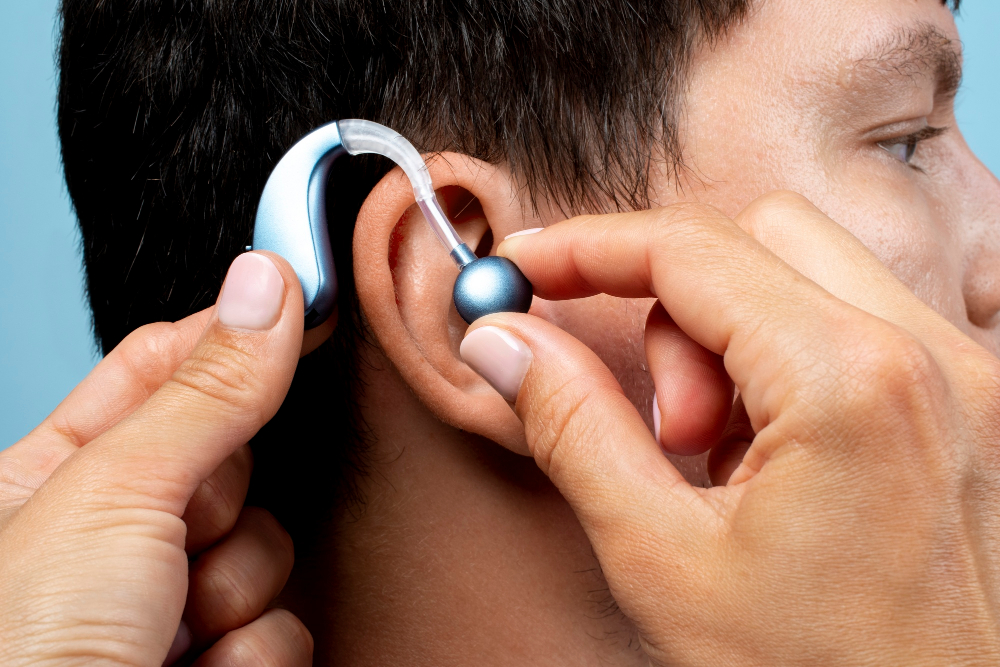Everyone deserves to move freely and safely in their own home. Installing a wheelchair ramp at your doorway is a significant step towards creating an inclusive and accessible environment for those who use wheelchairs, scooters, or other mobility aids. This guide will provide a comprehensive overview of the process, from selecting the right ramp to installation considerations and even exploring prefabricated options.
Step 1: Understanding Your Needs
Before diving into installation, assess your specific requirements. Consider these factors:
- Doorway Width: Standard doorways are 32 inches wide, but wheelchairs and scooters require at least 36 inches of clearance. You might need to widen doorways for proper ramp access.
- Ramp Length and Slope: The length of the ramp depends on the height difference between the doorway and the ground. The steeper the slope, the longer the ramp needs to be. According to the Americans with Disabilities Act (ADA) guidelines, the maximum slope for wheelchair ramps in private residences is 1:12 (one inch rise for every 12 inches of length).
- User Needs: Consider the specific needs of the wheelchair user. Factors like weight capacity, turning radius of the mobility device, and user’s upper body strength will influence ramp design and materials.
Step 2: Choosing the Right Ramp
There are several types of wheelchair ramps available, each with its own advantages:
- Permanent Ramps: These ramps are often made of concrete, aluminum, or steel and are securely attached to your home. They offer a sturdy and permanent solution but require professional installation.
- Portable Ramps: These lightweight ramps can be easily folded and stored, making them ideal for temporary use or occasional visitors. They are available in various lengths and weight capacities.
- Modular Ramps: These ramps consist of prefabricated sections that can be connected to create the desired length and configuration. They offer greater flexibility compared to fixed ramps but might require some assembly.
Order online at DNA Ramps And Access:
Consider buying prefabricated, modular aluminum wheelchair ramps from DNA Ramps And Access. As these wheelchair ramps are a popular option for its ease of installation, affordability, and lightweight design. They come in various lengths and configurations, catering to a range of accessibility needs.
Step 3: Installation Considerations
For DIY enthusiasts, here are some crucial installation considerations:
- Permits and Regulations: Check with your local building department to see if permits are required for installing a wheelchair ramp.
- Safety Features: Install handrails on both sides of the ramp that are at least 32 inches long and extend 12 inches beyond the top and bottom of the ramp. Ensure the handrails are secure and easy to grip.
- Surface Considerations: The ramp surface should be slip-resistant, especially during wet weather. Choose a material with a textured surface or add rubber treads for added traction.
- Landing Platforms: If the ramp has a significant rise, consider adding a level landing platform at the top and bottom for additional safety and maneuvering space.
Seeking Professional Help:
If DIY installation seems daunting, consider hiring a professional contractor experienced in accessibility modifications. They can ensure the ramp meets all safety regulations and building codes, providing peace of mind and a secure solution.
Additional Tips for Accessibility:
- Clear the Path: Ensure the pathway leading to the ramp is free of clutter and obstacles.
- Doorway Modifications: Consider installing automatic door openers or widening doorways for easier access.
- Indoor Accessibility: Evaluate other areas like bathrooms and kitchens to ensure they are accessible for wheelchair users.
Conclusion:
Installing a wheelchair ramp at your doorway is a thoughtful step towards creating an inclusive and accessible space for everyone. By following these guidelines, choosing the right ramp type, and considering professional installation if needed, you can ensure a safe and comfortable entry point for yourself or your loved ones. Remember, even small modifications can make a big difference in accessibility and quality of life.









